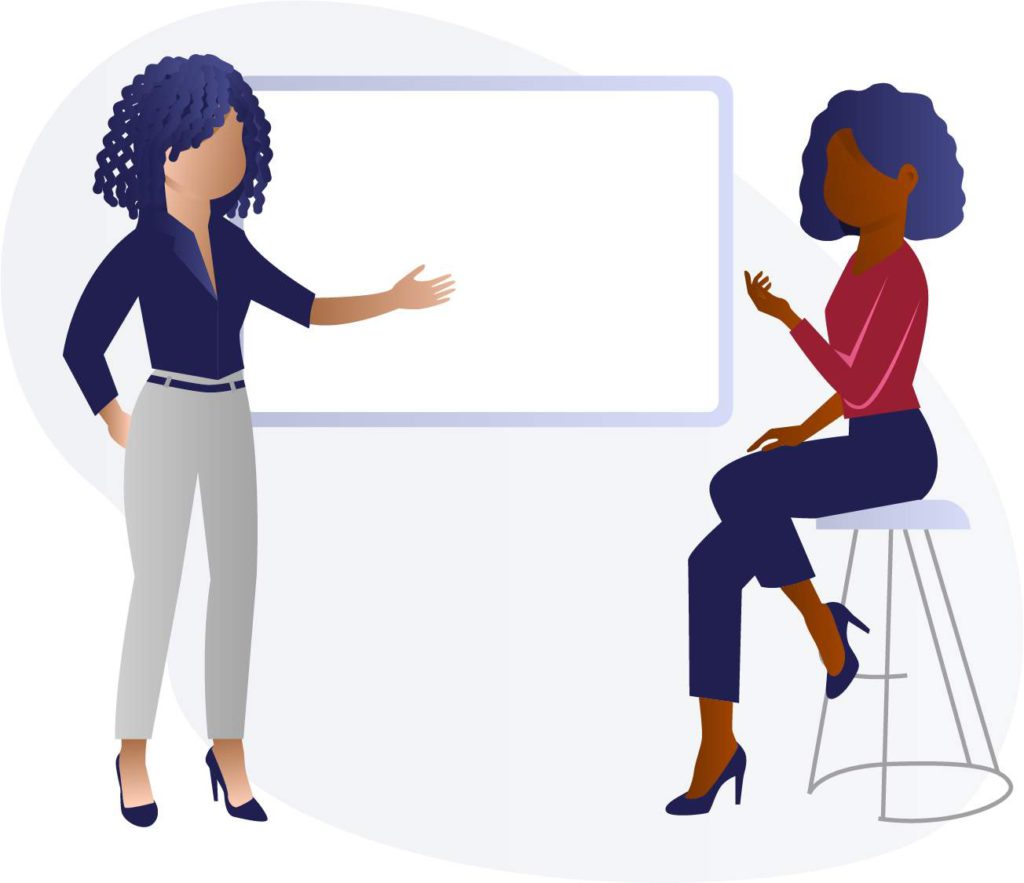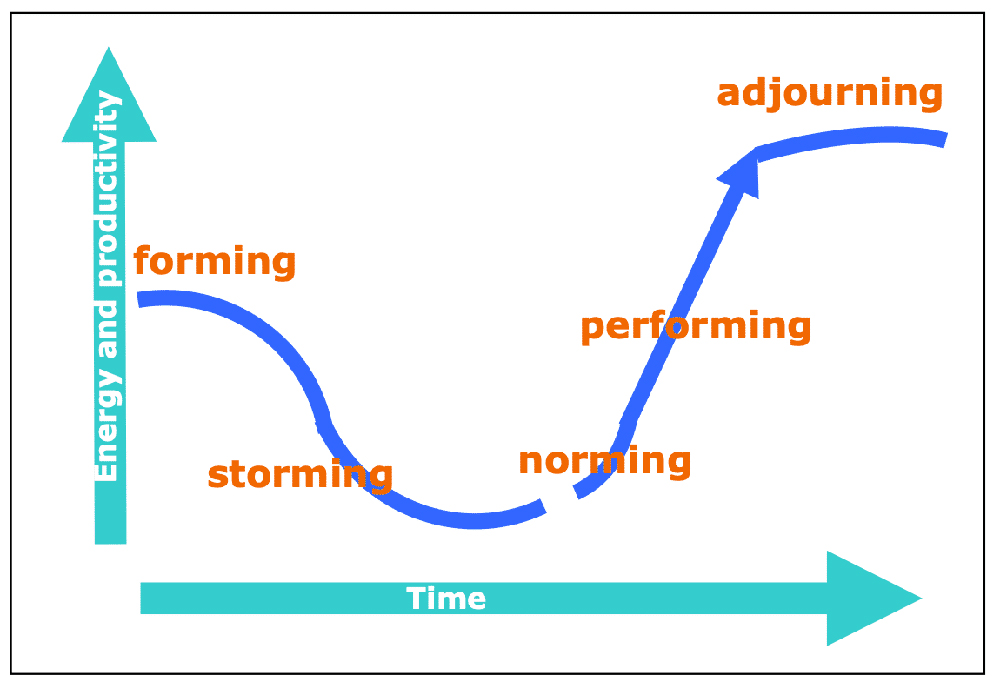Day one tasks
Introduction.
Set the tone for a respectful and collaborative learning environment.
Collaboratively determine norms for group work and create a group agreement.
Review assessments.
Encourage students to set personal goals.
- Listen respectfully.
- Let others speak for themselves without interrupting or attempting to anticipate or finish their thoughts.
- Make connections and identify commonalities between diverse and divergent ideas.
- Disagree with ideas without attacking the speaker.
- Be clear about your responsibilities to the group.
- Explain how you will be assessing the students.
- Let students know your personal goals as a facilitator, and how students can give you feedback.
- Take responsibility for your mistakes.
- Keep personal information disclosed by students in the small-group environment confidential.
- Keep small-group learning environment free of conversation about faculty or students outside the group.
Lay the foundation of the small-group agreement
- I will treat all members of this group as peers.
- I will be mindful of “air time” in this working group, letting everyone participate.
- When facing obstacles/disagreements, I will take a stance of curiosity and assume positive intent.
- I will focus my critique and suggestions on ideas rather than people.
- I will commit fully to any projects I take on for this working group.
- I will be honest and proactive if I cannot meet any commitment I make.
- I will attempt to model the very best of ESFCOM’s culture in my language, actions, and work performance.
Communication and interpersonal skills
- Consistently use appropriate language that respects group members and knowledge levels.
- Interpret group dynamics and actively promote healthy group behaviors.
- Identify areas for improvement and request feedback from facilitators and/or peers.
- Intervene to improve and facilitate collaborative learning.
Professionalism/Self Awareness
- Be punctual and professional in presentation and attend all small-group sessions.
- Consistently prepare for each session with a deeper understanding of all learning issues.
- Model humility, vulnerability, empathy, and ethical practice in discussing ongoing personal leadership development.
- Consider others’ point of view.
Healthy small-group guidance

Engagement in small-group learning may look different for each student and can take a variety of forms including, but not limited to, processing, insightful questions, research, presenting, summarizing the thoughts of the group, etc. Some students are more observant by nature and process information internally before offering a thought or summary of the discussion. Other students are more verbal and use talking to think through problems. One approach is not superior to the other, and it is important to recognize the strengths inherent to each approach and help students learn how to best leverage them.
If an engagement impacts the group (dominating the group process or not contributing enough to the group process), some students may need guidance. Before these tendencies become obstacles, it can help for the facilitator to state early on that they are observing each student’s impact on the group and will ask students to stretch beyond their comfort zones. Students who are naturally more talkative may be asked to practice listening. Students who wait to make a comment until everything is known may be asked to take a risk or contribute earlier. The CBL small group space is a place for individuals to grow their skills in a safe team environment.
If you perceive that a student is not contributing to the group in a way sufficient for proper assessment, have a private conversation with the student about your observations. Some students may need tools to help them improve their engagement. For help with tools, please reach out to the CBL Director or the Student Learning Center.
Each time a group forms, it will go through a process. Even if you (the facilitator) are the only new addition, the team will adjust, figure out what’s safe, who is going to do what, what habits they will reinforce, and more. It’s useful to talk about norms and expectations at the beginning and reinforce them as the team evolves. It’s very normal for conflict to increase when teams feel more comfortable, but this isn’t a certainty. The only certainty is that groups will grow together. This is a process that you can influence and nudge with guidance and feedback.
It is normal and even expected for conflicts to arise through the course of small-group work. It is important that the facilitator take an active role in helping to address these conflicts, but it is not the role of the facilitator to unilaterally solve these conflicts. It is also important and difficult to recognize that you, as a facilitator, may be a significant contributor to the conflict.
If a conflict arises, steps toward resolution include:
- Identify the reason for the conflict and start a conversation. This can be done one-on-one with a student, by email, or by conversation as a group. Work to identify the behavior that is causing the conflict rather than focusing attention on the person.
- Formulate a solution with the group or individual through a shared process.
- Check in to assess if the solution was effective
Conflict management is best done by preventing the conflict in the first place. Preventive strategies include:
- Regularly ask the group for feedback on group processes.
- Regularly ask the group for feedback on your facilitation.
Feedback works best when it is given by someone who the student trusts, considers more expert, and has the student’s best interest in mind. Both positive and negative feedback should focus on the behavior rather than a label of judgment.
Students will also evaluate their small group facilitators once at the end of term.
Assessment review
Review the WBA form with students and remind them of the first formative assessment meeting.
Student goals
Inform students that you will ask them to identify 2–3 goals at your formative assessment meeting with them. They should set goals that they want to achieve over the time of their CBL rotation while you are the facilitator.


